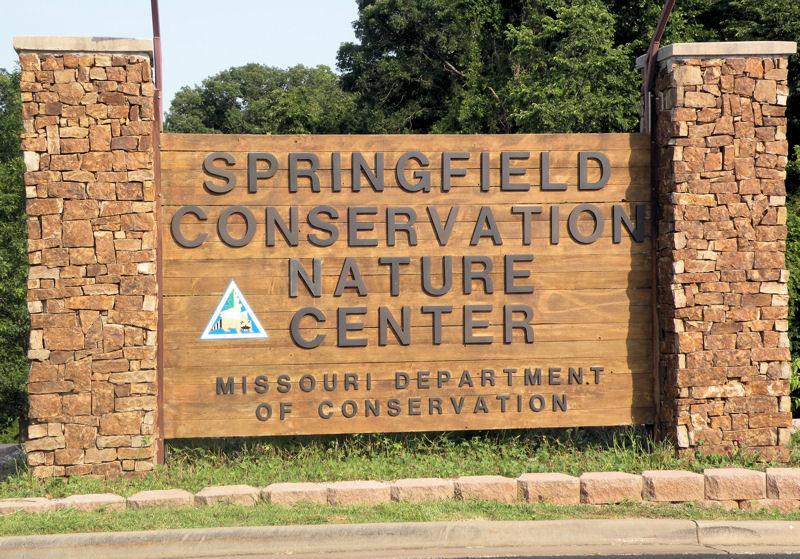Zone workshops in March will give hunters chances to offer input.
SPRINGFIELD, Mo. – The Missouri Department of Conservation (MDC) invites area waterfowl hunters to two upcoming waterfowl zone workshops in southwest Missouri where MDC staff will gather hunter input about duck season dates and zone boundary locations for the 2017-2020 hunting seasons.
The upcoming meetings in this part of the state will be March 1 at the Springfield Conservation Nature Center, 4601 S. Nature Center Way in Springfield, and March 2 at the Wildcat Glades Conservation and Audubon Center, 201 W. Riviera Drive in Joplin. Both meetings will run from 7-9 p.m. and are two of 13 zone workshops MDC is holding around the state.
Participants at these workshops will have opportunities to review long-term data about weather, migration, habitat use, harvests and hunter opinions. Season dates and zone preferences will also be discussed. MDC will use the hunter input gathered through the workshops, along with results of hunter opinion surveys, to help establish the state’s duck season dates and zones for the 2017-2020 seasons.
Before attending a workshop, MDC encourages hunters to review information compiled by MDC biologists on migration, harvest, weather, and hunter preferences for each region of the state. This information is on the MDC website at on.mo.gov/1gilHme.
“The U.S. Fish and Wildlife Service gives states the opportunity to change the number and location of duck zones every five years,” explained MDC Resource Scientist Andy Raedeke. “At these times, states can also select a continuous season or split season, which refers to a season that is open for a period of time, closes, and then reopens for a second period of time.”
Raedeke added that once selections are made, Missouri then keeps the same season-date formulas for multiple years, with the next ones being 2017 to 2020.
“Conservation makes Missouri a great place to hunt waterfowl. As hunters know, hunting conditions can vary tremendously from one year to the next,” he said. “During some years, the best hunting can occur early in the season. During other years, it can occur late. Limiting changes to every four or five years helps the Department of Conservation evaluate the effectiveness of zone boundaries and season dates over a range of conditions.”
Raedeke noted that recommended changes for a given period depend primarily upon hunter input.
“If most hunters from a particular region prefer a different season structure or season dates, we will likely recommend a change,” Raedeke said. “Hunter input from the last series of workshops prompted MDC to make two changes to the boundary of the south hunting zone.”
He added that, given the range of hunter preferences, not all hunters will be completely satisfied with season dates and zone boundaries.
“Our aim is to accommodate at least a portion of most hunters’ desires. We listen to what waterfowl hunters want and sincerely appreciate their time, effort and input.”





















